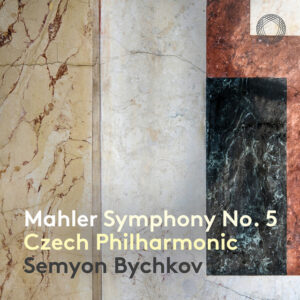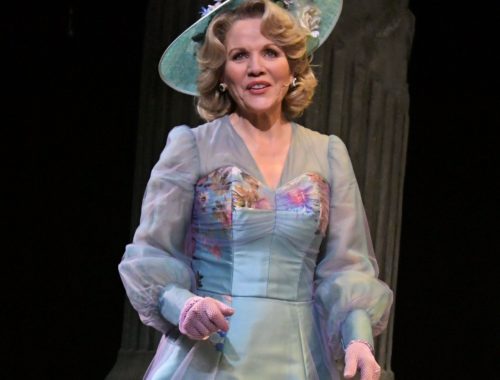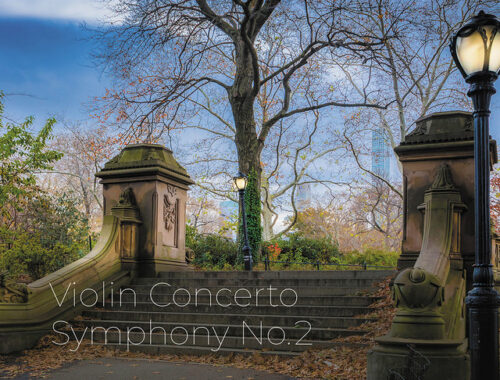GRAMOPHONE Review: Mahler Symphony No. 5 – Czech Philharmonic/Bychkov
 The real pleasure here lies with the Czech Philharmonic – something individual, characterful and homespun in a world dominated by the supersonic. The playing has a warmth and generosity – and brilliance, don’t get me wrong – that sounds personal at all times. Semyon Bychkov taps into that, no question (this is the right orchestra for him) and where Mahler is at his most intimate – the Adagietto not least (more on that anon) – the music’s deep-rooted humanity is restored.
The real pleasure here lies with the Czech Philharmonic – something individual, characterful and homespun in a world dominated by the supersonic. The playing has a warmth and generosity – and brilliance, don’t get me wrong – that sounds personal at all times. Semyon Bychkov taps into that, no question (this is the right orchestra for him) and where Mahler is at his most intimate – the Adagietto not least (more on that anon) – the music’s deep-rooted humanity is restored.
Where Bychkov is less successful is in conveying the music’s ‘newness’: the shock of the extremes, the coarseness of timbres, the unholy exaggerations. So the opening Trauermarsch is very straight and unaffected – as might befit a humble street procession. An element of tawdriness is missing in the way the music is phrased and accented. The turmoil at the heart of the movement initially feels too much ‘in tempo’ though the point at which where Mahler’s strings sweep in with their personal expression of grief goes straight to the heart. Part 2 of this double-barrelled first movement will always be the darkest of mirror images but the scale of it is less universal than some, like Bernstein, project. The impassioned passage for saturating strings (at roughly 11’ 30”) digs deep for sure but Bernstein pulls back the tempo to make it a very public display of anguish. I suppose the point I’m trying to make is that Mahler flaunts his emotions at times like this and Bychkov, by contrast, is always the very opposite of sensational. Indeed the passage for solo cellos roughly halfway through the movement is possessed of an inwardness that it doesn’t always possess.
The great central scherzo (which Mahler predicted would always be taken too fast – he didn’t reckon on a Bernstein, of course) is on the surface of things well-paced and well-observed. But like a good caramelisation (if I might reach for a culinary metaphor) Bychkov never takes it far enough in my view. The folksy dance parodies are perhaps a little too elegant, the rubatos too politely turned. The pizzicato section should surely be clumsier, the entry of the oboe (‘shyly’ says Mahler) gauche and tentative. The echoing solo horn moments (Jan Vaboril) where all nature seems to stop and listen could be afforded even more room. These are ‘static’ moments, a suspension of time and place. The sense of space must be tangible.
The final two movements are beautifully ‘connected’ as one in Bychkov’s account (this is effectively a three-movement symphony). The contentious Adagietto which has tended to get slower and slower post-Death in Venice is here a modest and fluid love letter – but that is entirely down to the way Bychkov and his players feel and express and through-phrase it not because they have somehow been programmed to come in at under nine minutes. Bernstein is a couple of minutes longer but with him it takes as long as it takes.
But Bychkov’s modesty certainly pays off when the same material sings and dances as we transition into the light of the finale. The spring is really sprung here and I for one feel that the performance as a whole ends far better than it began. The big pay-off in the coda (the premonition of which is heard in the second part of the first movement) is thrillingly realised. It’s not Bernstein (I’m talking, of course, of his Vienna Philharmonic classic) but then again nothing is.
You May Also Like

GRAMOPHONE: From Where I Sit – July 2019
17/07/2019
A Conversation With DAME SIÂN PHILLIPS
27/09/2016

